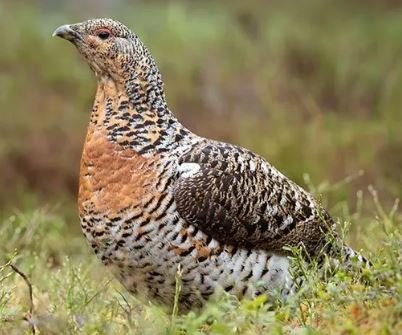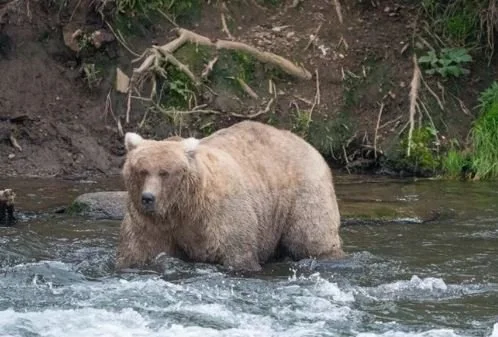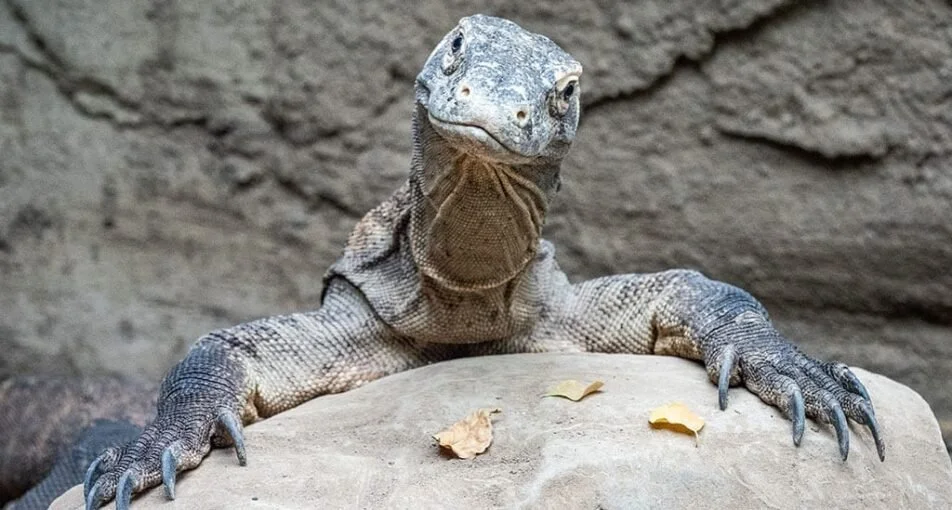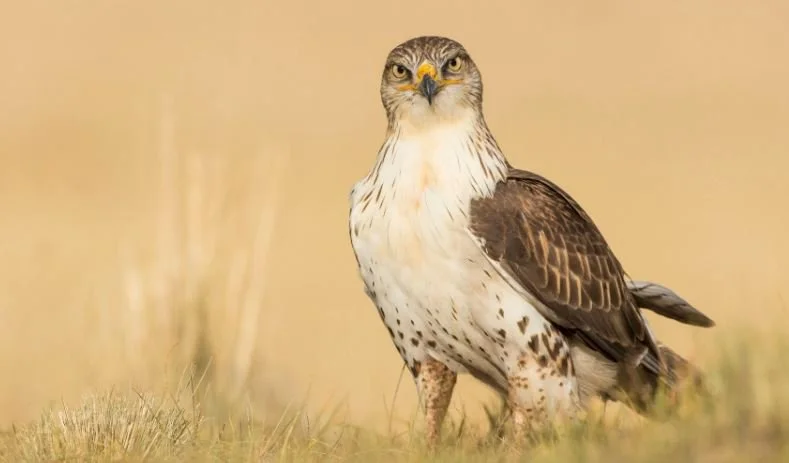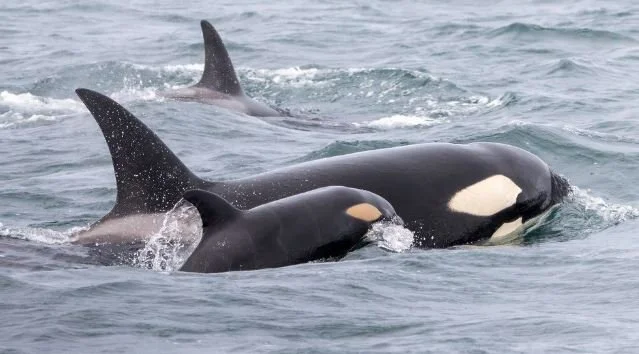Emergency Plan Launched to Save the Rare Capercaillie
There are believed to be only 532 capercaillie – the world’s largest grouse – remaining in the wild in the UK, all of them in Scotland. With the iconic bird on the brink of extinction, conservationists have come up with an “emergency” plan to bolster the population.
Cairngorms National Park Authority and NatureScot are collaborating on the five-year plan to create new native woodlands, improve those that exist now, and reduce the impact of predators.
Britain’s native capercaillie went extinct by the 1780s, but birds reintroduced from Sweden in the 19th century have found a tenuous purchase, and their descendents account for today’s population. But numbers have fallen since the 1970s, due to habitat loss, predators eating eggs, and human visitors disturbing capercaillie breeding grounds.
Thwarting predators is tricky, since at least one of them – the European pine marten – is also a protected species. NatureScot, which says the pine marten is “arguably Scotland’s most beautiful mammal,” will work on collecting more and better data on pine marten populations where they coexist with capercaillie.
Pine martens and badgers feast on capercaillie eggs, so the conservationists have taken to “diversionary feeding,” which entails luring the carnivores away by installing fake capercaillie nests stocked with deer meat and chicken eggs. The strategy has been effective, according to University of Aberdeen researchers
“The Cairngorms National Park is home to 85% of the UK capercaillie population, so action in the National Park is critical,” Andy Ford, of CNPA, said in a statement. “Given the scale of the task ahead to boost capercaillie numbers in Scotland we remain realistic but optimistic that a huge collective effort will make a positive difference.”
Cairngorms National Park Authority
Photo credit: NatureScot



